We run the rule over the many variants of the Chrysler 300 as an alternative to HSV and FPV in the used-car market
This buyer’s guide on the Chrysler 300 series was originally published in the August 2017 issue of Street Machine
Chrysler 300C/300
2005-present
ONE look at the big chunk of Mopar badness that is the Chrysler 300C is enough to stop nervous types in their tracks.
Back in 2005, when the big Chrysler lobbed here, it was a dead-set jaw-dropper. Double-takes came standard. But the 300C wasn’t just rock hard; it also stood up as a proper alternative to a Holden Stato or a long-wheelbase Ford for anybody who wanted a big car with big personality. Mums and dads found the 300C just too gangsta-scary, but people like us correctly identified it as a lead sled with a factory warranty. And now they’re out there in ‘Second-Hand Land’ with price-tags that’ll make you go “Hmmm.”
The Harry-High-Pants (in a good way) waistline combined with the slammed turret made the 300C look like a limo with a four-inch haircut. And, if you wanted, you could also get it as a station wagon, just to prove you were the practical kind of wiseguy. There were all sorts of engine options (including a turbo-diesel) and some real big hitters in the form of the SRT8 models.
Now, had the 300C driven like a lot of its US-made competition at the time, it would have been show over once every poser who wanted one got one. Truth is, there was a lot more to the car than that, including the fact that it used a lot of hand-me-down Mercedes tech (can you believe Mercedes-Benz and Chrysler were once roomies? No, it didn’t last), including the basic platform, rear end, seat frames, wiring harness and five-speed auto from the W211 E-Class, and even the front suspension arms from an S-Class Merc. So it had a bit going for it there, too.
CHRYSLER 300C
2005-2008
Price guide: $12,000-$28,000
Arriving Down Under in late 2005, the original 300C came standard with plenty of choice. As well as the sedan or station wagon thing (from 2006 onwards), you could get your 300C with a range of different engines.
There was a 3.5-litre V6, which did the job (but that was about it), and even a turbo-diesel. The oiler was a 3.0-litre V6, and, while it was torquey, its biggest claim to fame was fuel economy of around seven litres per 100km on the highway. Then, of course, there was that lovely Hemi 5.7-litre V8. The engine was a cast-iron, two-valve pushrod deal with a 9.5:1 compression ratio, so it’s right up a true street machiner’s alley. It made 250kW at 5000rpm and 525Nm of twist at 4000, although, despite the badge, it’s not actually a true hemispherical design. The techier bits included a fuel-saving cylinder-on-demand thing where the V8 became a V4 at light loads.
But there was more to come. If you kept your powder dry until April 2006, you could swagger into your local Chrysler showroom and leave in a model called the SRT8. That got you even more kit but, more importantly, a muscled up version of the V8, now with 6.1 litres of capacity, and some tougher hardware to go with it. That included a forged crank, lighter pistons, stronger conrods, a 10.3:1 comp ratio, and the cylinder-on-demand deal was dumped. The important numbers were now 317kW at 6000rpm and 569Nm at 4600.
Other SRT8 goodies included 20-inch rims and four-pot Brembo brakes. Lovely!
Any bitching was mainly focused on the interior, which, despite being built in Austria, was done to meet US expectations. So the plastics were hard and brittle-looking and the actual assembly was on the crook side of average. Sure as hell didn’t stop people buying them, though.
CHRYSLER 300C Series II
2008-2012
Price guide: $17,000-$38,000
The Series II was a mild update. Inside was a revised instrument cluster and centre conosle, although the end result still trailed Holden and Ford’s offerings of the time. But there was some extra fruit on offer, and the SRT8 got adaptive cruise control, which you either love or hate.
The big visual news was a new boot lid and revised tail-lights but, ultimately, the car still traded on its streetwise looks, so Chrysler was careful not to lose the flavour of the thing. On the safety front, the main event was the addition of front-side airbags incorporated into the front seats.
The 5.7-litre version got variable valve timing in late 2009, but that was more about driveability and fuel economy than outright power.
CHRYSLER 300
2012-2015
Price guide: $33,000-$50,000
In the middle of 2012, the 300C was replaced by the 300 (no ‘C’). A lot of the original architecture remained, but the re-skin was significant. Chrysler was careful not to water down that in-your-face style of the car, but rather smoothed out and modernised the look.
The interior was given a total makeover, with goodies in SRT8-spec including 19-speaker audio, touchscreen display, and real carbonfibre trim.
The wagon bodystyle bit the dust and the 5.7-litre variant was dropped for the upgrade to 300, so the only V8 version in town was the SRT8. But even that had grown to 6.4 litres, taking power out to 347kW at 6100rpm and torque to 631Nm at 4150. This made it a real mover, capable of high 12s over the quarter.
The cylinder-on-demand thing was back for the SRT8, but drive one now and you can sense the pots dropping in and out, so it’s not the can’t-feel-a-thing system its makers had intended. There was also adaptive damping with Sport and Automatic settings.
In April 2013, Chrysler Oz introduced the SRT8 Core. By pulling out gear such as the adaptive cruise control, Harman Kardon stereo, leather seats, sat nav, reverse camera, and the heated and cooled cup holders (say it ain’t so!), Chrysler managed to chop a full $10K out of the price tag and deliver a stripped-out hot rod.
CHRYSLER 300 SRT & CORE
2015-on
Price guide: $50,000-$78,000
The 300 scored another makeover in 2015, with a new front bumper and grille, LED tail-lights and other tweaks. The ‘8’ was also dropped from the SRT8 badge, now just SRT.
And in fact, the new SRT was made just for us Aussies – we’re the only market in the world to get a 300 SRT, as Chrysler moves its brand towards a luxury focus, leaving the performance stuff to Dodge.
Under the skin, both the SRT and the SRT Core finally ditched the old five-speed auto, replaced by the eight-speed that the six-cylinder versions had been using for years.
The ’box is operated by what Chrysler calls the ‘Rotary E-shift’ – basically a twisty knob on the centre console and flappy paddles on the tiller, rather than a traditional shifter. The eight-speed auto does little to ease the SRT’s prodigious fuel consumption, but it results in a better overall experience; it is addictively fun to floor it and listen to the car snarl through the gearchanges.
Other mechanical mods include the electric power steering – previously only used on the V6 – which now found its way into the V8 models, and the SRT’s adaptive dampers now have three settings: Street, Sport and Track.
The 6.4-litre Hemi also saw a slight increase in power and torque, now measuring up at a claimed 350kW and 637Nm.
The new car is even quicker than before too, with our mates at Motor mag recording a 12.6-second pass at Heathcote Park Raceway.
The budget Core model remains $10K cheaper than its better-equipped big brother, but it is worth pointing out that the Core misses out on a bunch of active safety gizmos, including lane departure warning and blind spot monitoring.
BUYING A CHRYSLER 300C/300 – WHAT TO LOOK FOR
For whatever reason, the 300C and 300 were never as highly modified as, say, Holdens and Fords of the time. That said, exhaust upgrades were a popular add-on, and a number of companies make headers for the V8 that can improve the noise and the performance to a small degree. Other mods were usually things like ghetto-mesh grilles and big, blingy rims, which can look a bit dated now and may not do much to make the boys in blue smile.
If a particular car does have a modded exhaust, check to make sure a backyarder hasn’t just removed the centre muffler, as that will make the car loud and boomy. Not nice. A better bet is a new rear muffler that uses the stock tips for stealth, and a car with a cat-back system is a good thing to find. Re-flashed ECUs are common, too, although the gains might be a bit marginal. Better bang for buck can be gotten with a PedalMAX unit, which is wired in between the throttle-by-wire gas pedal and the ECU and eliminates the factory torque-limiting function. Suddenly, the car feels like it has a good old cable throttle, which makes for much better response.
Big heavy cars are hard on brakes, but when the stockers wear out, DBA does a replacement rotor. It, combined with an aftermarket pad for the Brembo calipers, will rush you about $1300, fitted.
When inspecting a car, take a peek under the gearbox to see if there are any drops of trans fluid on the ground. An O-ring in the tranny pan where the wiring passes through can often lead to a leak here. A car that clunks over bumps could easily have worn tie rod bushes.
Make sure all the electrical gear works, because electro dramas were not unknown, and don’t forget to check that all the HVAC stuff works and the air blows icy.
A car that rumbles or grumbles at speed on a light but steady throttle could be suffering from a stuffed torque converter. And a car that stalls after refuelling probably has a swollen (often blamed on fuel with high ethanol content) fuel control valve in the tank that prevents overfilling. If it sticks, you can accidentally pump too much fuel in, which then gurgles down the purge line and gives the engine the staggers.
BUYING A CHRYSLER 300C/300 – WHAT TO AVOID
Besides ill-considered cosmetic mods and poor wheel choices, make sure you don’t accidentally buy an ex-hotel limo or taxi limo. A few high-end taxi operators, hotels and casinos took to the 300C, so watch for sky-high mileage, worn-out rear seats, a scuffed rear bumper (where luggage gets dragged across it) and ashtrays full of puke.
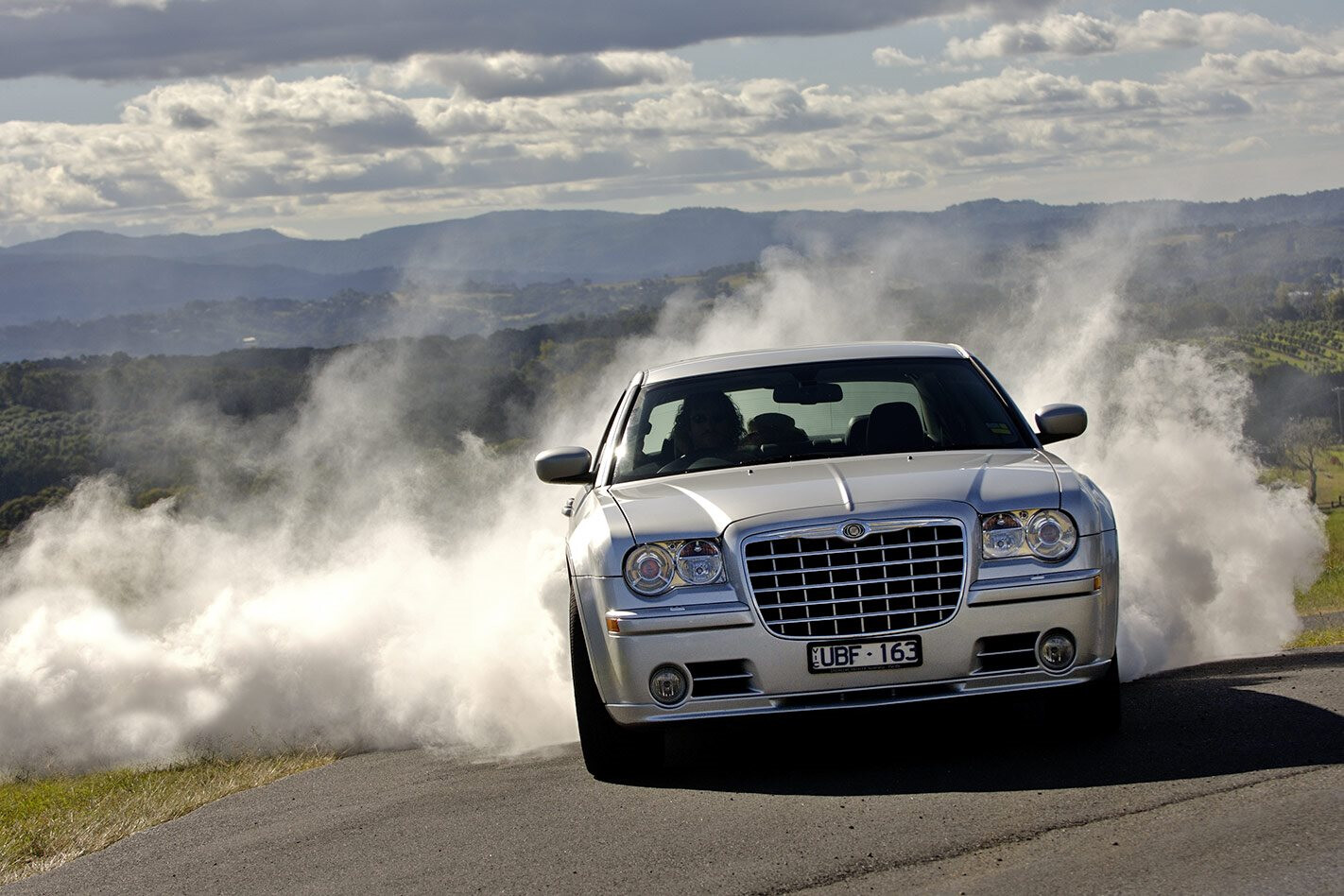
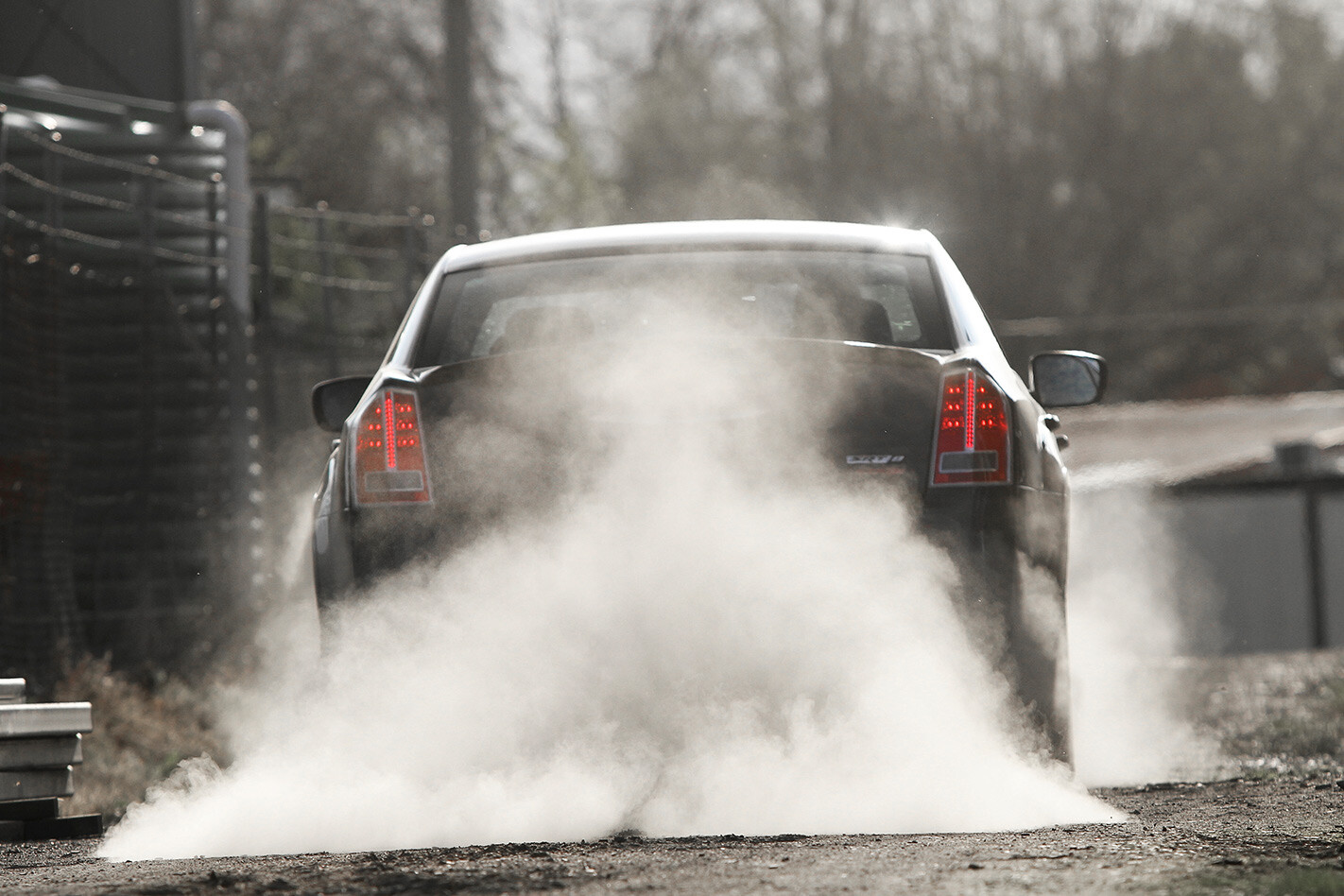
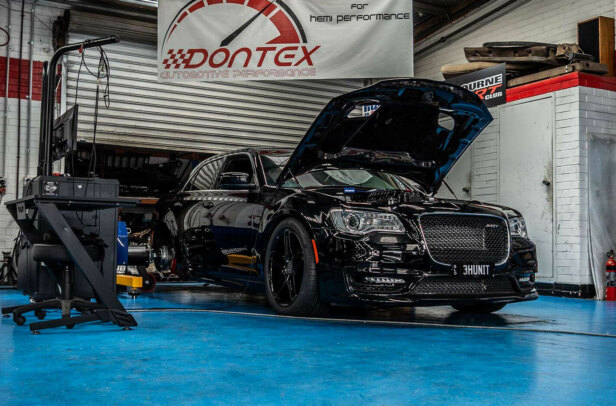
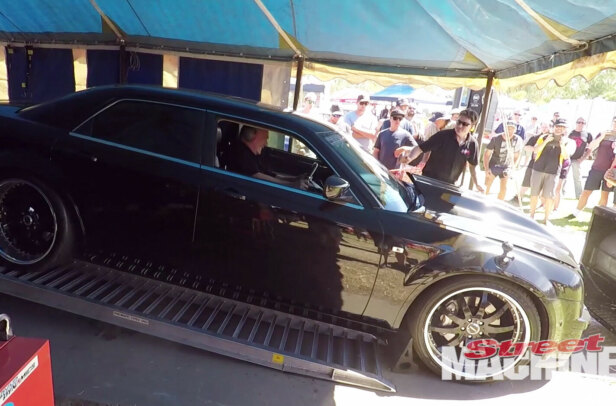
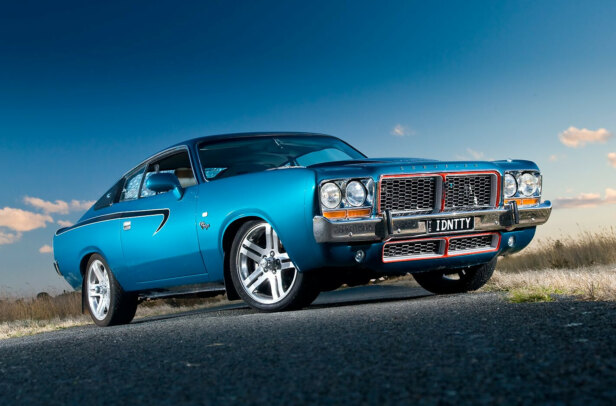
Comments